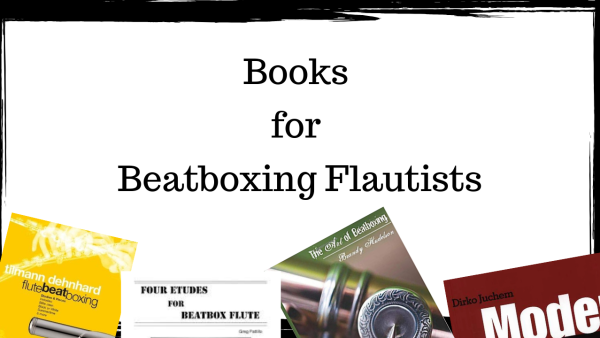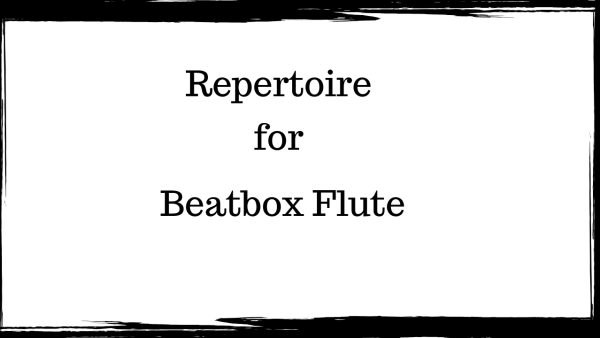Learning to play beatbox flute can be almost as overwhelming as when you first started learning the flute. Everything feels totally new and foreign and the two greatest hurdles to overcome are your understanding and your coordination.Treasure Map to Success
If you started learning flute when you were quite young then you never had the experience of realising that you suck. All beginners, even those who pick it up naturally suck. Many times children don’t notice this because they are enraptured by the joy of simply holding an instrument, setting it up, producing a sound and changing the pitch. It can be very rewarding to play hot cross buns and Twinkle, Twinkle Little start when your 7, it’s another story when your 27.
Adult beginners have a much larger hurdle to mount than children. This is because an adult’s awareness is considerably more developed than a child. Adults are generally also more judgemental simple because they already think they know what is good and what is bad. Or more specifically what sounds good and what sounds bad.
Older beginners need to approach learning with the inquisitiveness, excitement and curiosity of a child. They also need ample amounts of patience and perseverance. And it is only with this attitude that you will be able to learn how to play beatbox flute.
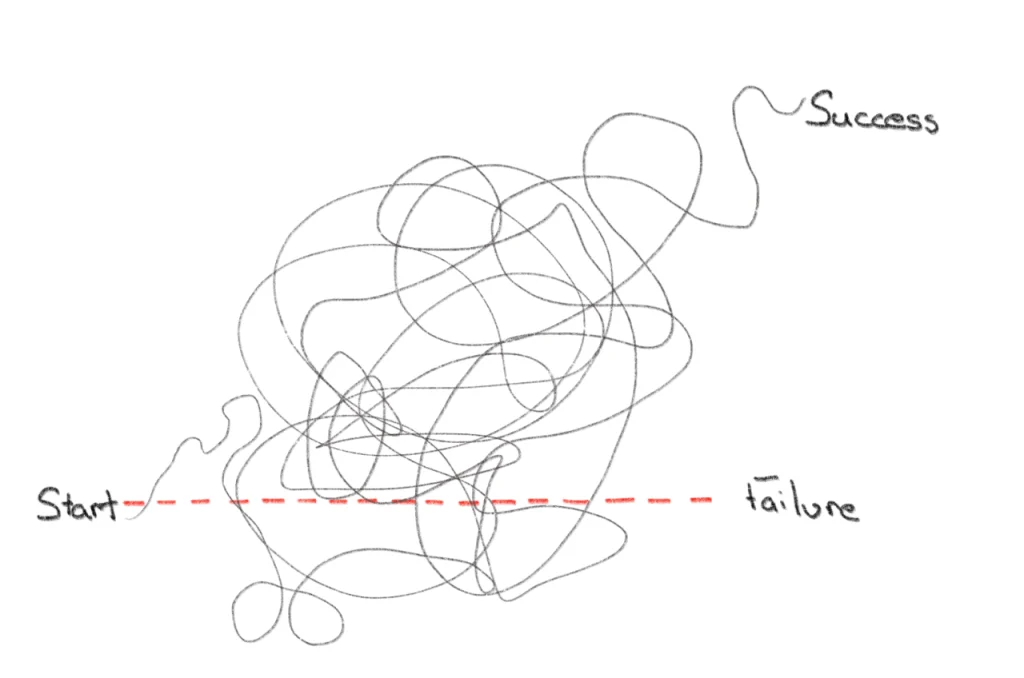
The Process
Step 1: Understanding Mechanics
Your first step toward mastering beatbox flute is to understand the mechanics of how to produce each sound (see below). This means you need to conceptually know how to produce the 3 primary sounds involved in beatboxing: bass, snare and hi-hat sound.
You also need to be comfortable with the basics of flute fingering, tonging (articulation) and producing a stable and consistent flute sound. Solid breathing technique will also be highly beneficial. (Click here for breathing tips and tricks).
Step 2: Isolating and Mastering Individual Sounds
Your next challenge is to isolate each sound and practice it by itself without your flute. You need to be able to produce a consistent bass, snare and hi-hat sound individually before you move to the next step.
Practice Tip:
Try incorporating the following into your daily routine. It’s the sort of thing you can do while cooking dinner, driving or waiting for the kettle to boil so you can make yet another cup of coffee.
Pick one of your beatboxing sounds (eg. the bass drum)
Listen to a piece of music with a strong and heavy beat. Anything rock or pop is usually good.
Have fun making your bass drum sound in time with the music.
This is the sort of thing that is best practised in sort bursts because you are slowly building up your lip muscles and overuse is a very bad thing. Once you feel like you’ve got the hang of the bass drum sound move onto the snare and then the hi-hat.
Now that you can produce the three basic sounds practice combining them. The most basic pattern is boots and cats or B t K t. Again you can practice doing this with other music. The purpose of this is to make the learning process as fun and enjoyable as possible. The more you enjoy something, the more you do it, the more you do it the better you get. This then leads to further enjoyment. And thus, the learning cycle repeats.
Step 3: Combining Flute with Beatboxing
This process is kind of like learning to ride a unicycle, on a tightrope while juggling. First, you learn how to ride a unicycle, once you can do this without thinking you then you start learning to juggle. After you can juggle without thinking you then devote your conscious effort to learning to combine the two. You then repeat the process again to slowly introduce the tightrope. The key to success is being able to do each activity without it requiring conscious effort. Beatboxing flute is the same.
Combining your beatboxing with your flute takes a little bit to coordinate it. The trick is to start with one sound. I personally started with the bass drum because this was my strongest sound. Approach your beatboxing as over exaggerated articulation. Pick a note to start on and then progressive work across the full range of the instrument. The outer extremes are the most challenging. Then move onto your next beatbox sound and repeat the process.
Once you can make a flute sound with your 3 beatbox sounds individually you can start combining them into patterns. The books below contain many exercises that do this. Or you can pick a piece of music for beatbox flute and just loop one bar at a time until you have the hang of it.
Currently, there is not a lot of material that is appropriate for this phase of the learning process. Most of the material that exists requires both advanced fluting skills and advanced beatboxing skills. However, I am currently in the process of developing material that can be used with beginner students. Simple Tunes for beatbox flute. This is a work in progress but if you subscribe to my newsletter (click here) you will be the first to know when it becomes available.
Everytime you introduce a new beatbox sound to your repertoire you simply repeat the above process and slowly but surely you will become a beatboxing flautist.
How to Make Beatbox Sounds
4 categories, 2 Types
Types
1. Exhale 2. Inhale Exhale sounds come more naturally to flautists but inhale sounds are super important because it means your breath doesn’t break your groove.Categories
1. Bass Drum 2. Snare Drum 3. Hi-Hat 4. Auxiliary PercussionThe Bass Drum
The stereotypical bass drum sound is produced using an over exaggerated B sound. Press your lips firmly together as if you are going to blow a raspberry but allow the air pressure to build up behind the lips. As the air pressure builds you need to close off the connection between the throat and lungs. Just like you would when you hold your breath. When you release the air your lips will create a buzzing sound and you can use your tongue to help push the air forward.
There are a lot of variations of the bass drum sound which use other constants like P, G and D. Once you have masters the basic bass drum sound you can start experimenting with other but not until you have first got the hang of the basic sound.
A bass drum sound is typically notated used a B.
The Snare
The snare drum is complicated and is also the sound I found the hardest to learn. The two most popular snare sounds that are used in beatboxing flute are the exhaled K and the inhaled Psh. The K sound aims to imitate a snare rim shot and the Psh copies a standard snare hit.
I would suggest beginning with the exhaled K sound. After you have got the hang of beatboxing and learnt a couple of patterns come back and start chipping away with your Psh. I’ve included the other two main versions of the snare sound just in case your curious. There are others but these are the main four.
Exhale K
The exhaled K is produced using explosive air and the K syllable (think cat). You allow the air pressure to build up behind the tongue at the back of your mouth before quickly letting it release. This sound uses a lot of air! And the more air the better. You should be able to hold your hand just below your waste and still feel the air.
Inhaled Psh
Exhaled Psh
Inhaled K
The inhaled K is very mechanically very similar to the exhaled K. The inhaled K will, however, be less forceful and contain less pitch than the exhaled K. To produce this sound press the back of your tongue on the roof of your mouth as though your going to say cat. The sound is created as you commence a forceful inhalation and pull your tongue down out of the way.
The Hi-Hat
The hi-hat sound is probably the easiest for flautists to execute once they understand the mechanics of how it works. The sound is essentially just an over exaggerated tongue (normal flute articulation) with a short burst of high-pressure aim behind it. It is worth experimenting with the quality of hi-hat sound you produce. If you use the very tip of you’re able to produce metallic, electronic sounding hi-hat. This is fantastic for producing beats from the hip-hop and dubstep genres. If you use a larger portion of your tongue you are able to produce a hit-hat sound that is closer to that of an acoustic hi-hat. Another of thinking about this is to try to envision a flat surface on the roof of your tongue just before its tip. Place this ‘flat surface’ or platform on the roof of your mouth just behind the back of your teeth and the pull it down while pushing a short burst of air through. The ‘flatter’ your tongue the more hiss your sound will have. Strictly speaking, there is no right or wrong hi-hat sound so it’s up to you to develop one that you like and that lets you play the music you want.Auxiliary Percussion
The term auxiliary percussion is used to refer to every percussion sound beyond the bass, snare and hi-hat. As such there are many, many sounds that are possible but some of the most common ones employed in beatbox fluting are the following.
Cha
‘Cha’ as in Charlie is made of over exaggerating the Cha sound with a sharp burst of air behind it.
Sha
‘Sha’ as in ‘shovel’ is mimicking an open cymbal sound. It has an explosive amount of air behind it and the mouth needs to be opening into a wide ‘a’ shape.
This is in no way an exhaustive list. A more detailed and in-depth list is provided in ‘The Art of Beatboxing’ by Brandy Hudelson.
Another fantastic resource for anyone wanting to learn new beatbox sound is Humanbeatbox.com which has lessons, guides, sounds, beat patterns and more.
Making Basic Beats
Having now learnt at least the 3 core beatboxing sounds (B K and t) you are now ready to start stinging them together into beats. Whilst you are mastering your beats you may also want to start introducing the individual sounds to your flute but we’ll get to that soon.
The most important thing when constructing a beat is to be able to maintain a consistent tempo. You will also need to slowly build up your stamina over time. When I first start even getting 5 minutes was a stretch but gradually over time my strength and endurance increased and yours will too.
The most basic beat pattern is “boots and cats”. Use the words like training wheelings to help you coordinate your mouth. As you start getting the hang of it begin to over exaggerate the constants and leave out the vowels. Eventually, you will be left with B t C t. Start off slow (crotched = 60) and progressively increase the tempo by 2 or 3 bpm. Do not progress to a faster tempo until the slow one is consistent and comfortable.
Once you have mastered this you are ready to explore other patterns. The Human Beatbox has lots of pattern examples that you can access for free (click here) that range from beginner to advanced. Alternative Tilman Dehnhard’s book ‘Beatbox Flute’ has many patterns of varying complexity that you can use in your practice.
Another option is to create your own patterns. Or to experiment beatboxing along to your favourite pop/rock song aiming to mimic the drums.
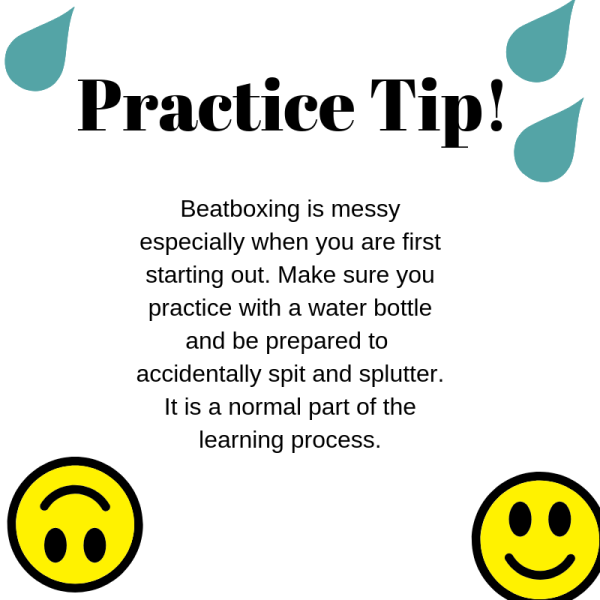
Adding Flute
Now that you can beatbox and play flute separately you are ready to work on combining the two. But before you dive into pieces or complete grooves you need to get comfortable with add the individual beatbox sound to a flute sound. There are some excellent video tutorial to walk you through this below but both of the Tilman Dehnhard books (also below) walk you through the process).
I recommend starting off with one note B or A is good. Use the beatbox sound as the start of your note, like over exaggerated articulation. If you are too stuck in your flute embouchure you won’t get a good drum sound, but at the same time, too little flute embouchure and you will lose your flute sound. There is, however, a delicate middle that you will find only through experimental and trial and error. Once you can do this on a B start walking up and down the range of your instrument producing a beatbox sound on each note. You will find the extremes of the flute range most challenging but middle E and D can be another problem area.
Work on one beatbox sound at a time.
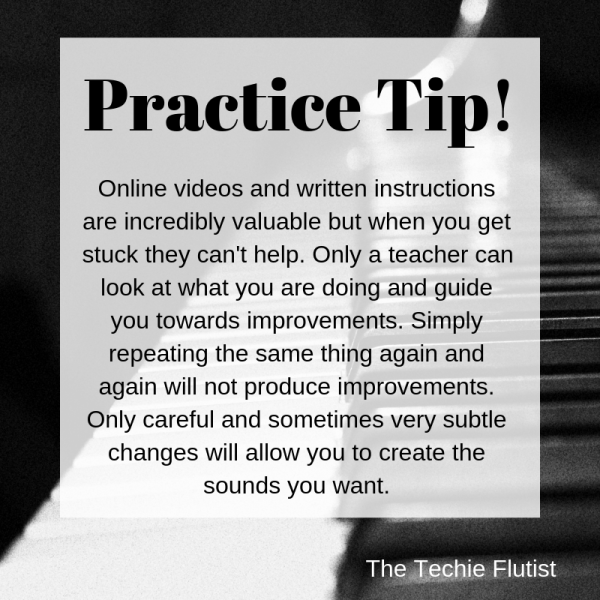
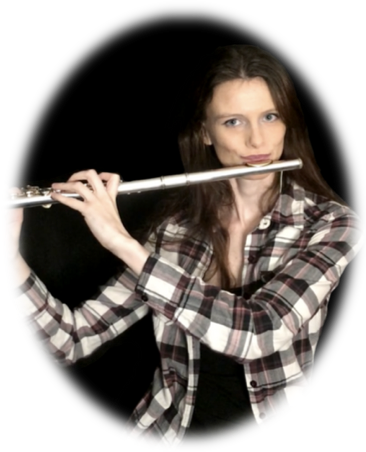
Learn Flute, Learn Beatboxing
The Techie Flutist welcomes students of all ages, abilities and styles to the wondering of flute lessons.
- Develop Instrumental and Artistic Excellence
- Learn to reconnect with yourself and express your emotions
- Develop your creativity and critical thinking skills
- Friendly personalised environment
- Every style and genre
- Flexible Lesson Times



